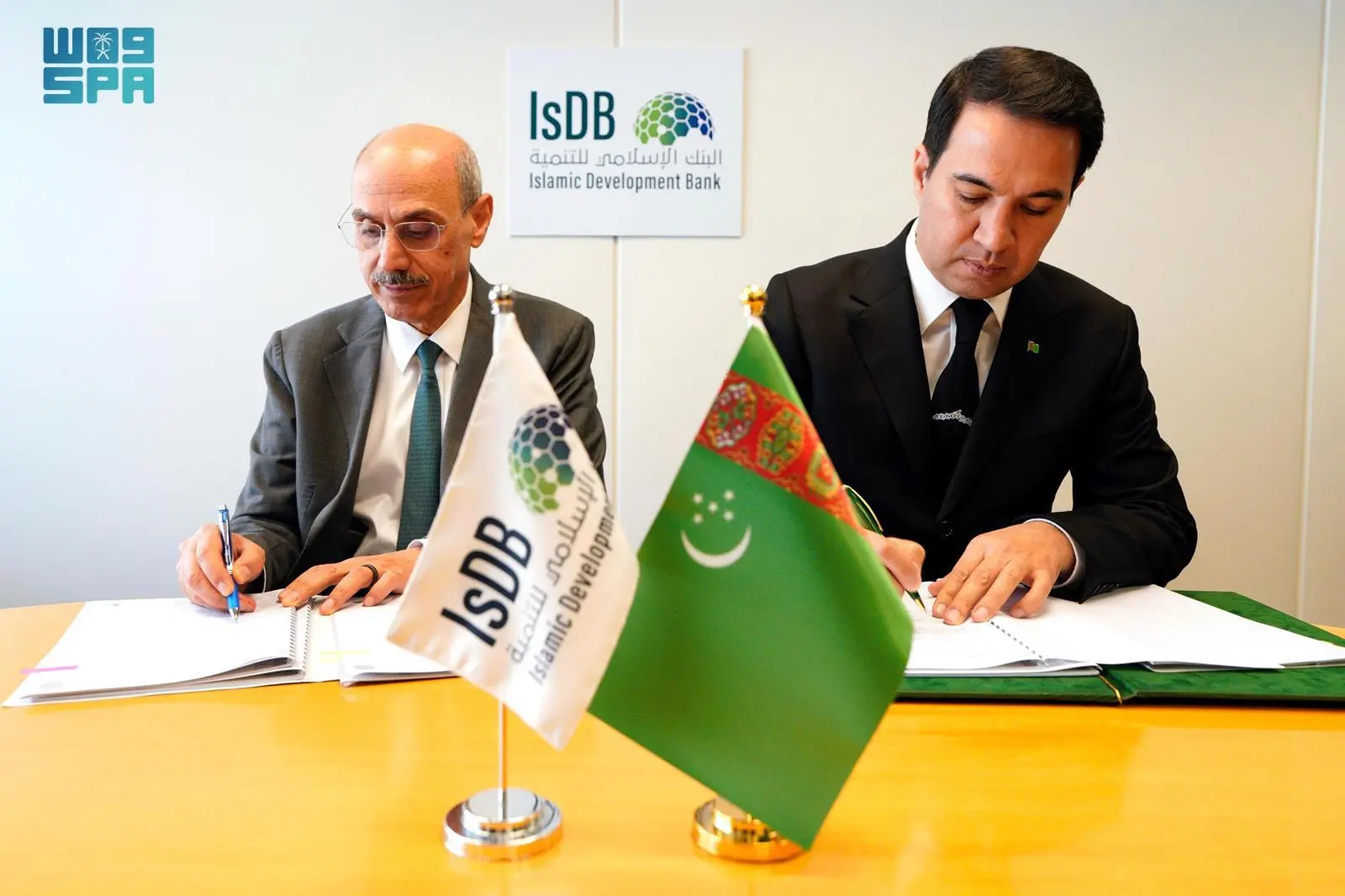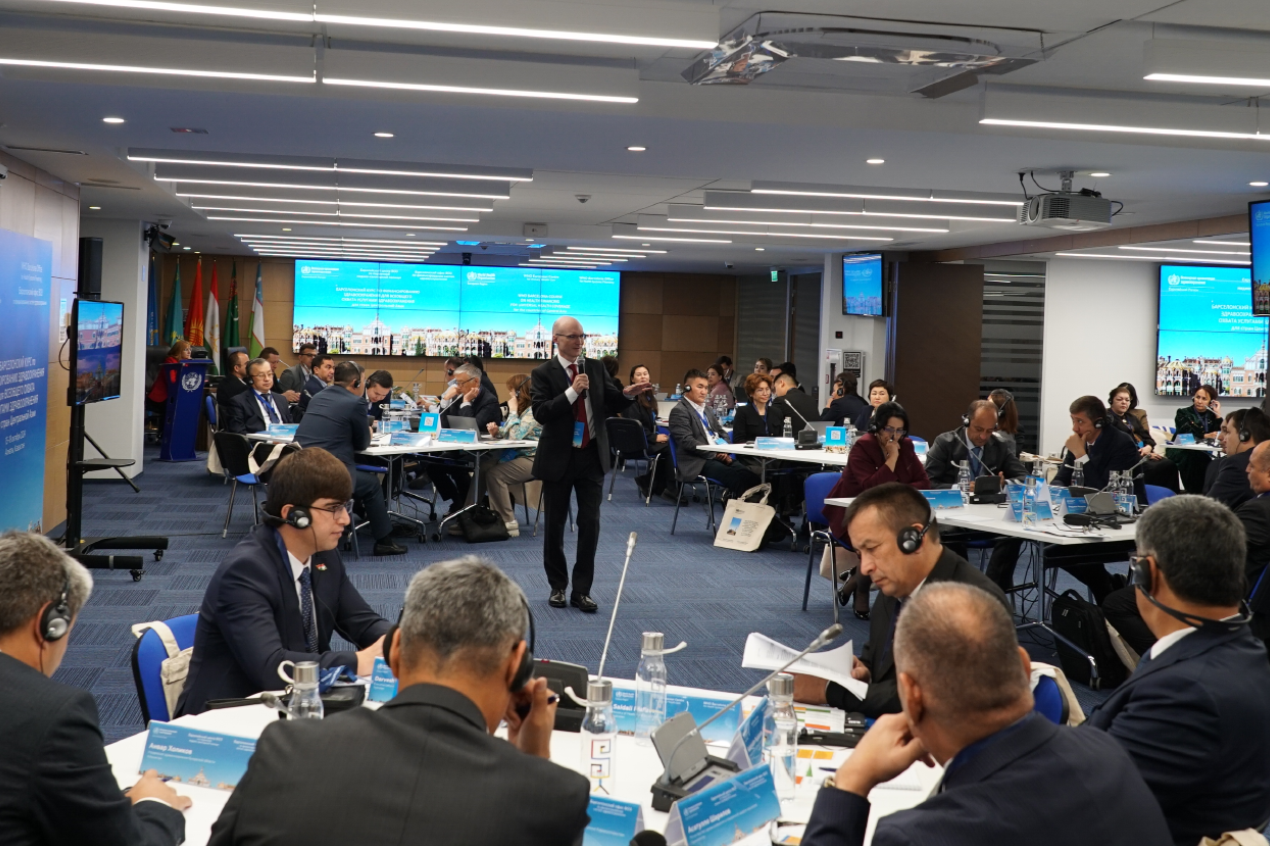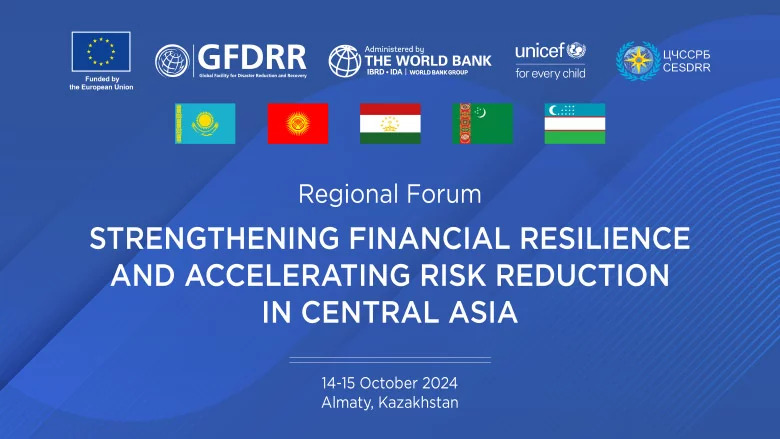Turkmenistan, in Central Asia, borders Afghanistan, Iran, Kazakhstan, Uzbekistan and the Caspian Sea. It is an upper-middle-income economy with a population of 5.8 million people.[1] GDP spent on health grew from 2.85% in 2009 to 5.68% in 2019-2020. Current health expenditure (CHE) per person has been at the CIS average and increased from US$ 273 in 2007 to US$ 484 in 2020. Out-of-pocket (OOP) spending remains at about 70% of CHE since 2005, which is one third higher than the CIS average, and reached 77% in the three years 2018-2020.[2] Government financing decreased from 47% of CHE in 2020 to 18 % in 2020. Voluntary prepayments represents the last 5% of CHE.[2]
The Cabinet of Ministers, appointed by the president, guides policy development and ensures intersectoral coordination. Health services are managed by the Ministry of Health and Medical Industry and the regional health administrations. Each region is divided into districts, which also administer hospitals and clinics. Although organizational accountability of health services falls to the regional administration, technical accountability is under the ministry.[3]
The country has five-year strategic programmes, known as a state health programmes, with detailed action plans. The current health programme, “Saglyk” (“Health”), for 2021-2025, was approved by the president in 2021. Public involvement seems minimal in decision-making for the health system.[3] In the past, unique challenges were presented by decisions such as the dismissal of 15,000 doctors in 2004, the closure of most of the hospitals outside the capital city[4] and the denial of COVID-19 infection spread with criminal prosecution for using the word.[5]
References
[1] “Overview.” World Bank. Accessed 17 Oct. 2023.
[2] Global Health Expenditure Database. Accessed 20 Oct. 2023.
[3] ISSN 1020-9077 (Print) | Health Care Systems in Transition | The ISSN Portal. Accessed 20 Oct. 2023.
[4] Public Health Crisis in Turkmenistan. Accessed 20 Oct. 2023.
[5] ISSN 1020-9077 (Print) | Hashim, Hashim Talib, et al. “COVID-19 Denial in Turkmenistan Veiling the Real Situation.” Archives of Public Health, vol. 80, no. 1, Jan. 2022, p. 8. BioMed Central.



